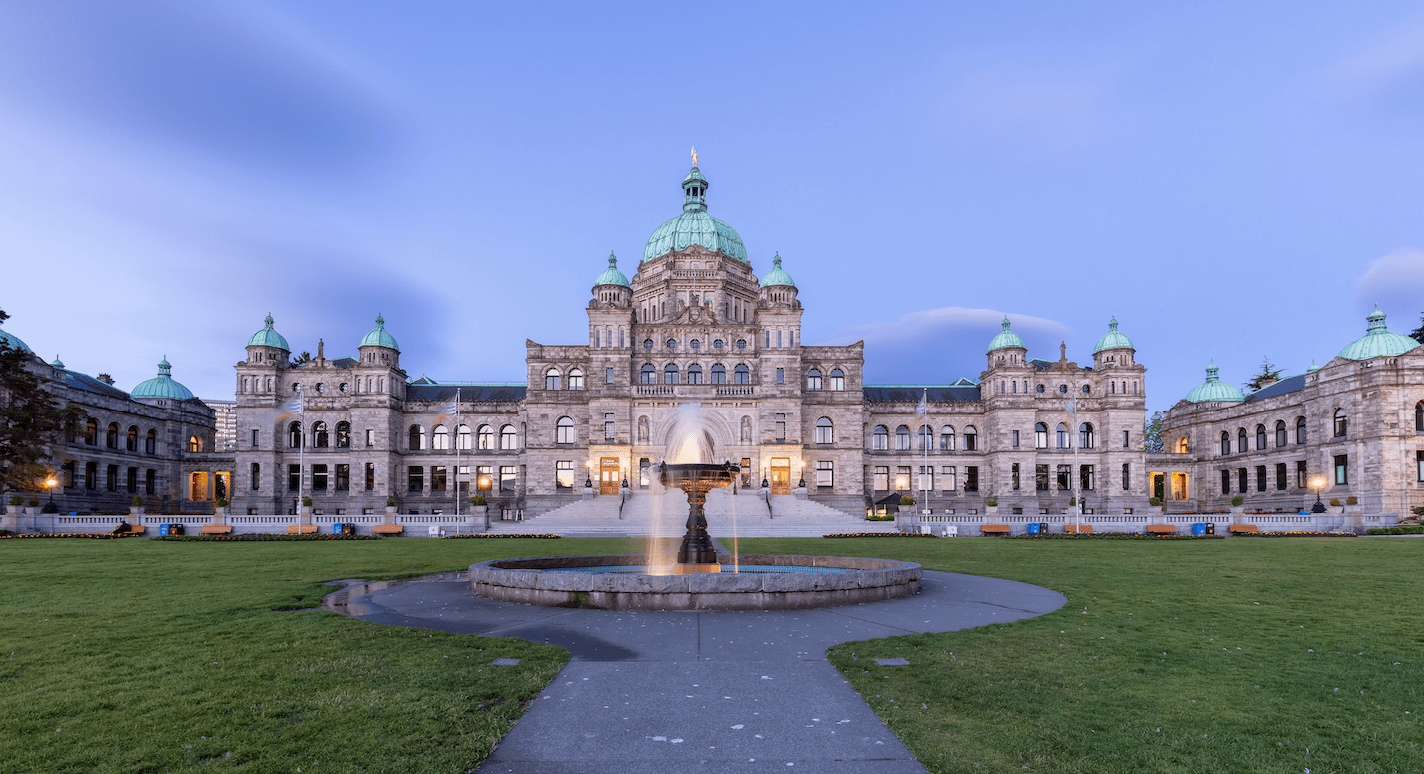
BRYAN YU
BRITISH COLUMBIA – BC employment unchanged Canada’s labour market continued to mend in July as restrictions eased but the pace of recovery underwhelmed expectations. Total employment rose by 94,000 persons or 0.5 per cent which was less than half of June’s 230,700 person gain, and below market consensus for an increase of 175,000. While the number of jobs returned to March levels when third wave pandemic restrictions triggered layoff s across the country, levels were still 1.3 per cent shy of February 2020 levels.
Not surprisingly, relaxation of social and economic restrictions concentrated employment gains in the services-producing sectors which rose 0.6 per cent and accounted for all of the net gain. More than a third of the growth was in the accommodations and food services sectors (up 3.7 per cent), alongside relatively solid growth in transportation and warehousing (1.1 per cent), and finance/insurance/real estate (1.1 per cent). In contrast, there was no change in goods sector employment.
On a positive note, full-time employment rose in line with the headline increase by 0.5 per cent to reverse most of the third wave pullback, while part-time work rose a comparatively weaker 0.3 per cent. This contributed to gains in hours worked of 1.3 per cent.
A portion of the underwhelming gains could reflect timing of the Labour Force Survey which ran from July 11 to 17 as more restrictions were lifted near the tail end of the period of the reference period. That said, only four provinces, led by Ontario, posted gains and those with earlier re-opening activities stalling. Coupled with moderate gains in sectors less effected by restrictions could mean a tougher than expected path forward for the jobs recovery although ongoing re-opening plans, tourism inflows and broader economic growth should contribute to gains.
Labour market slack remains significant. The national unemployment rate eased to 7.5 per cent from 7.8 per cent in June but compared to 5.7 per cent last February. The employment-to-population ratio edged up to 60.3 per cent but remained well below the 61.8 points from last February.
British Columbia saw a pause in its labour market recovery with employment down 0.1 per cent (or 3,100 persons) following a 1.6 per cent increase in June many social restrictions were lifted. That said, levels remained higher than February 2020 and BC remains the only province where headline employment has exceeded pre-pandemic levels. The unemployment rate was unchanged at 6.6 per cent but remained well above the sub- 5.0 per cent level pre- pandemic.
Employment levels were supported by full- time gains which increased 0.2 per cent to largely off set a 1.1 per cent drop in part-time employment as employers increased hours per employee. Services sector employment rose 0.5 per cent with significant gains in business, building and related support which added 5,600 employees or 5.1 per cent suggesting increases as offices re-opened.
Healthcare and social assistance employment rose 7,700 persons or 2.1 per cent. Construction picked up with a 4,300 person (2.1 per cent gain). Off setting losses came in manufacturing (down 10,900 persons or 6.2 per cent), and information/culture/recreation (down 12,100 persons or 9.1 per cent). Public- sector employment gains off set a slip in private- sector employment and drop in self- employed workers.
Metro Vancouver outperformed the rest of the province with a gain of 5,400 jobs (0.4 per cent) although the unemployment rate remains elevated at 7.3 per cent. Labour market conditions are anticipated to tighten going forward as international tourism restrictions loosen and further supports services- oriented sectors. Return to workplaces will contribute to ancillary retail and business services, although this may be mitigated as firms move to greater hybrid models and the Delta variant risk delaying some of the recovery.
See full report here
Bryan Yu, Chief Economist with Central 1


